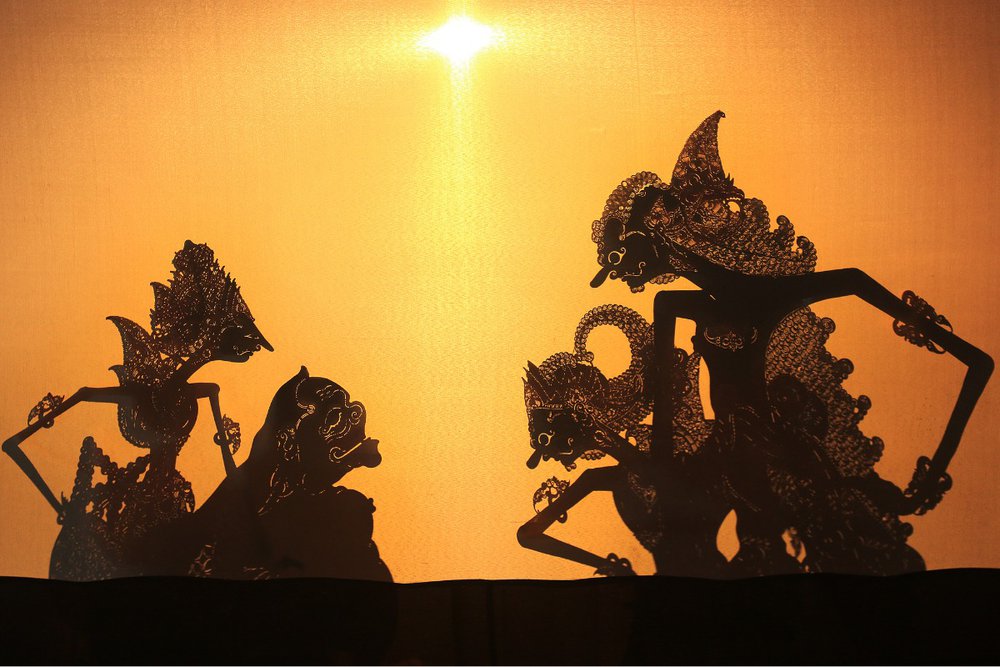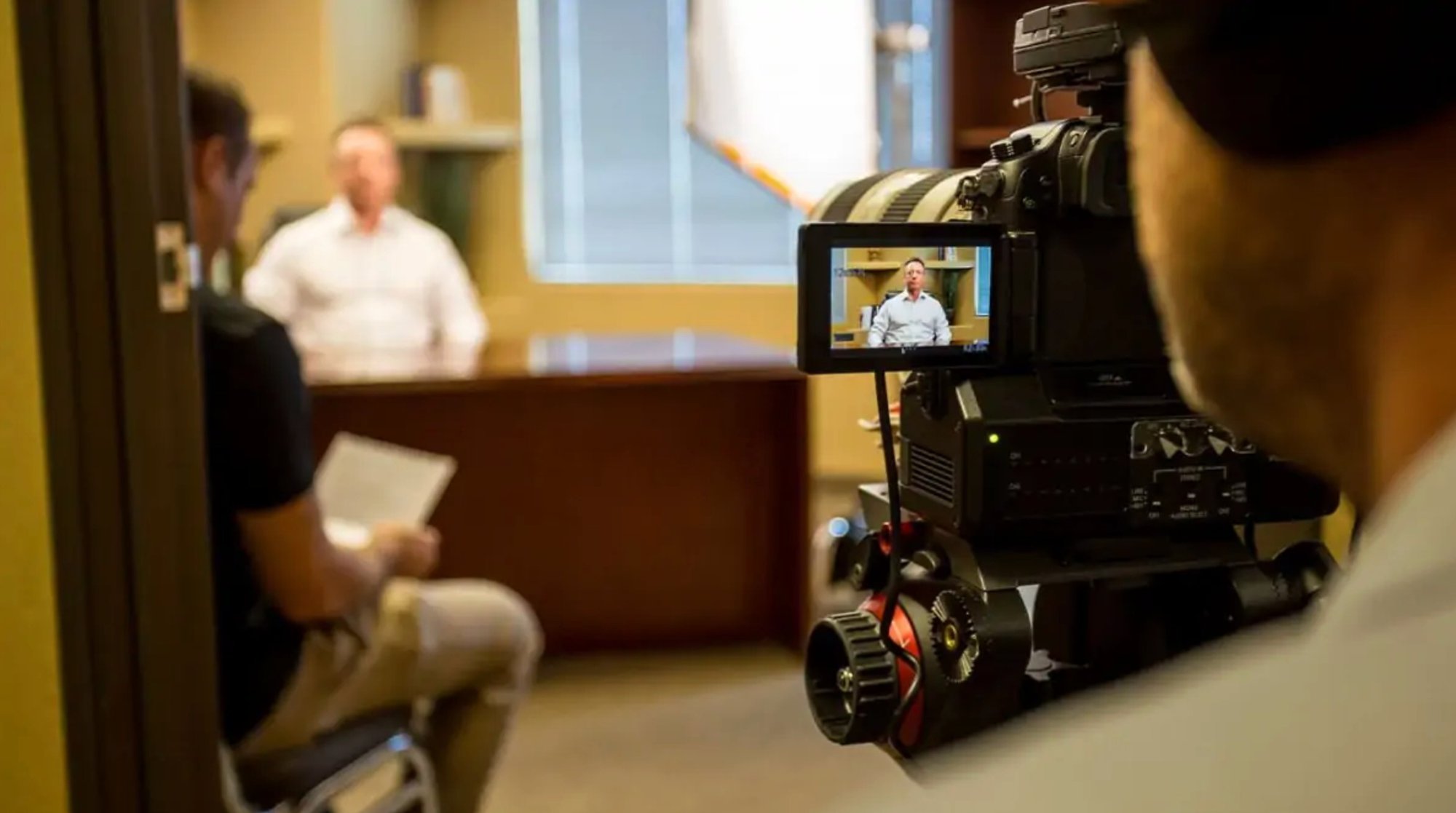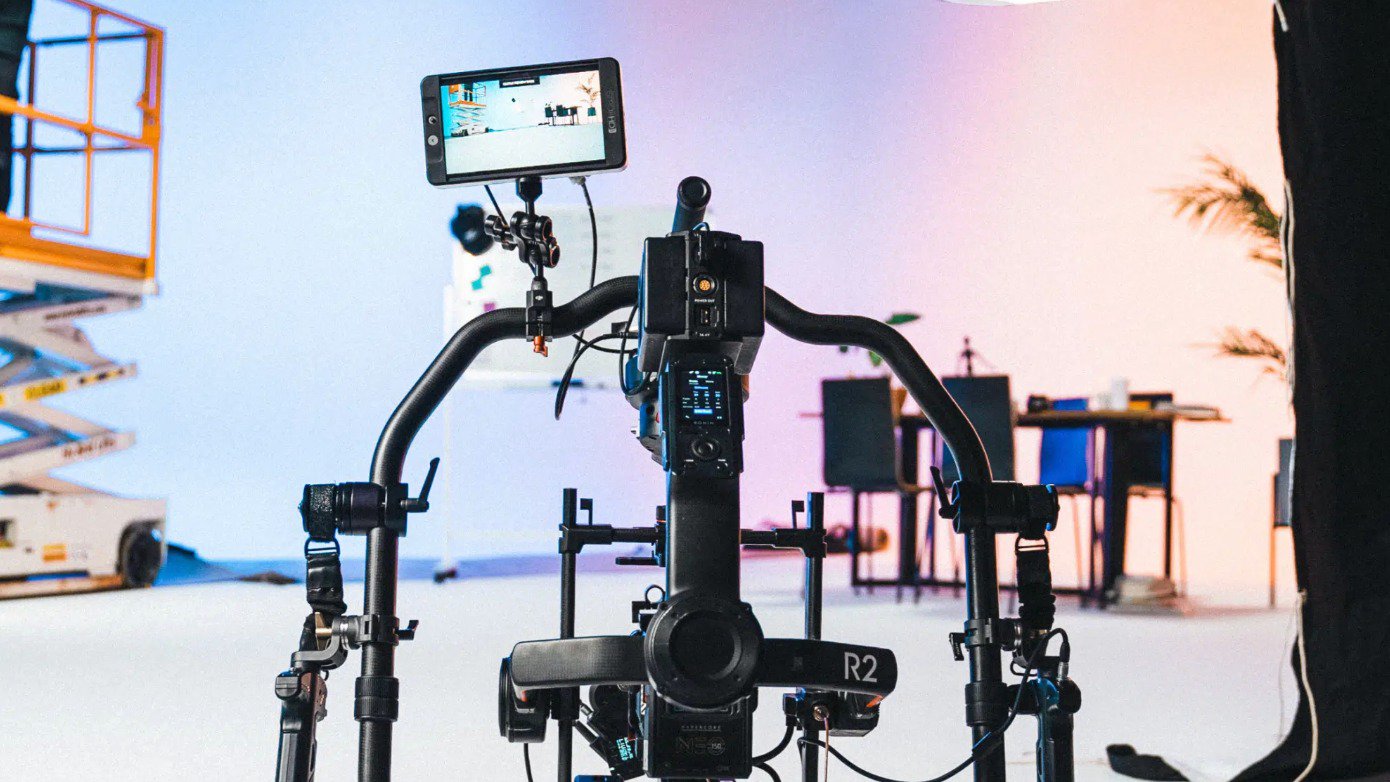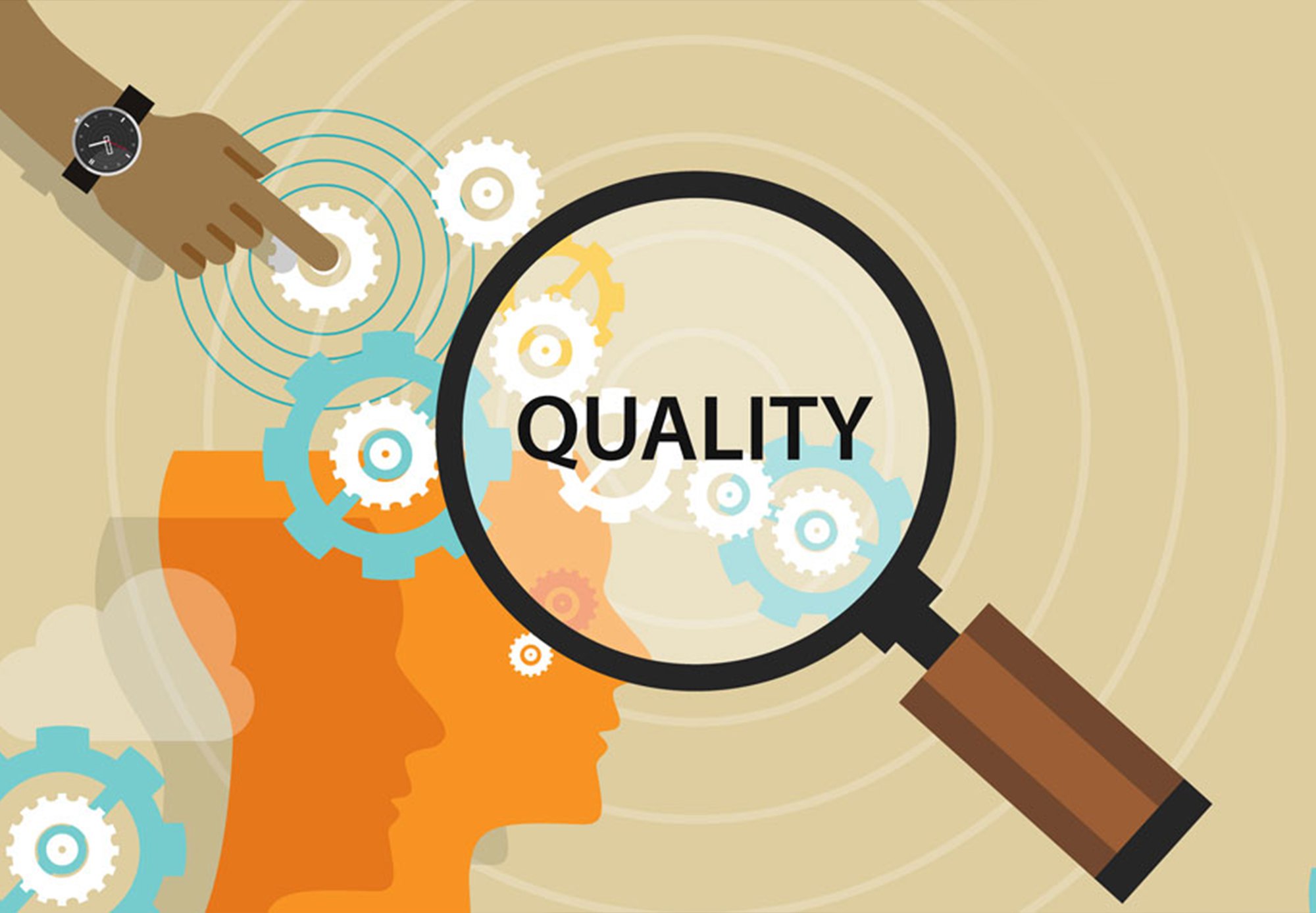Visual Storytelling: An Intro to 2-Dimensional Animation
2-dimensional animation, or 2D animation, is a classic form of animated art that always stays in style. Its origins are centuries old, and some of the animation techniques you recognize today have been used for over 100 years! Animated storytelling is a powerful method of communicating emotion. 2D animation excels at building an emotional connection with viewers, making stories more engaging and memorable. 2D animation has been and still remains a powerful way to bring stories to life. Whether you are an animation enthusiast, curious about the history of this art form, or interested in creating your own 2D animations- it’s worth understanding the innovative process of 2D animation from concept to creation. Considering the target audience at every stage is essential to ensure the animation resonates and communicates effectively.
Art in 2 Dimensions: Exploring the Various Forms
2D animation creates the illusion of movement in a two-dimensional space. Height and width are the only two variables in this dimension. However, tricks like shading and perspective can make it appear as if there is depth. Animators use static images, also known as flat images, to craft characters, objects, and backgrounds. They then arrange the drawings in quick succession, ensuring each frame and image slightly differ from the previous one. This creates the visual effect of continuous movement.
This amazing art form is generally broken down into two main categories: Traditional 2D animation and Digital 2D animation.
Traditional (or Classical/Frame by Frame)
This animation style involves drawing each frame of the story either by hand, or in more recent times, digitally on a computer. This technique is also known as frame by frame animation, where each movement is created by illustrating individual frames in sequence. Artists assemble the frames, one after another, at high frame rates. This sequencing gives the impression of a moving picture and brings the drawings to life. With its versatility, traditional animation can create highly detailed animated shorts and full-length films. It often lends an old-fashioned, nostalgic feel due to its traditional style and hand-crafted look. This style requires highly skilled artists and is quite time-consuming. The classic bouncing ball exercise is often used as a foundational project to teach fundamental animation principles like squash and stretch, anticipation, and follow-through.
Digital (or Vector Based/Computer Generated)
Computer animation software is used to create this digital animation. Modern animation is a contemporary approach that leverages digital tools and hybrid techniques, such as combining 2D and 3D elements, to enhance creativity, efficiency, and visual appeal in animated productions. Digital 2d animation utilizes vector-based programs like Adobe Flash or Adobe Animate to draw the animations. The technology allows animators to speed up the animation process by conducting many tasks in bulk rather than individually. Some people prefer this method over traditional 2D animation because it is easier to make adjustments to frames and takes much less time to complete. Digital 2D animation is great for character designs, logos, and depicting abstract shapes from within a computer game or app.
In addition to these main types of 2D animation, there are many subcategories of styles. Different techniques and tools, such as Toon Boom Harmony, are used in modern digital animation workflows, and the production process can vary significantly depending on the techniques chosen. The following types of 2D animated video are also occasionally found in other animated formats, like 3D animation.
Motion Graphics
Unlike hand-drawn animation, motion graphics are generally flat, simplified, computer-generated illustrations animated with 2D animation software. Though still visibly impactful, creating motion graphics is streamlined for shorter creation time and less expense. Often used in commercials and corporate videos, they convey complex topics clearly and effectively. Motion graphics encompass several animation categories, including the frequently used subsets of Isometric Animation and Kinetic Typography, and often combine with other techniques to create Mixed Media animation.
- Isometric Animation Isometric animation is a unique form of illustration that is designed on a defined plane to create the illusion of a third dimension. Drawing from the Greek term meaning “equal measure,” isometric art uses defined perspective to evoke life-like details and the ability to see interiors, exteriors, and objects with height, width, and depth. When combined with motion graphics, isometric animation can present complex designs without sacrificing the look and feel of 3D animation styles for more engaging visuals.The Origins of 2D: A Look at Early Animation Techniques
The history of 2D animation is a fascinating journey through the evolution of art and technology. You'll find them everywhere, from cartoons and films to video games and commercials. Several forms of animation, like shadow theater, puppetry, and flipbooks, have existed for hundreds of years. However, the first notable sequence of still images to create the illusion of motion was the zoetrope, invented in 1833. This zoetrope was a spinning cylinder with vertical slits cut in the sides with a row of images around the inside. When the cylinder spun, the images appeared to move forward. This was the beginning of a new and exciting form of animation.
Artists have been experimenting with moving drawings for centuries, but 2-dimensional animated films began around the turn of the century. Most people recognize Disney's 1937 film Snow White as the first full-length animated film. However, Emile Cohl's 1908 film "Fantasmagorie" was technically the first 2D animated film. This traditional animation style used thousands of simple hand-drawn images combined in rapid succession to mimic movement. Though it was incredibly time-consuming, it was a turning point for the future of both animation and film. Since its start, 2D animation has evolved from hand-drawn traditional cartoons to modern digital animation.
The Future of 2D: Innovation in Animation
2D animation has come a long way since its early days and now stands as one of the most popular forms. Smooth movements and distinct visual appeal define today's 2D animations. The modern process of 2D animation, sometimes called keyframe animation, primarily uses digital tools to speed up and streamline production. With these tools, 2D animators can produce content faster than ever. Even though 2D animation seems simple, the process requires a great deal of skill and patience to create.
Animators can use software to draw each frame and assemble them into finished animations or create the entire moving piece digitally using "rigs" to create movement without having to draw multiple frames. Depending on the project's complexity, 2D animators may use techniques like tweening (a method of creating intermediate frames between two images) to create smoother transitions and more natural movements. A typical 2D animation process includes many painstaking steps like storyboarding, character design, background design, and animating frames. Beyond the 2D software, animators also utilize editing tools to add sound effects and dialogue to their animations. Creating 2D animation is an intense process that requires skill, creativity, and dedication at every step.
A Glimpse Inside the 2D Animation Process
The 2D animation production process is an exciting journey filled with creativity and collaboration, but it is also very complex! The process for 2D professional animation can include storyboarding, character design, animating frames, cleaning up drawings, adding color and texture, and finally, combining all of the elements into a single video. This section serves as a step by step guide to creating an animation project, outlining essential steps that are crucial for any animated project. It consists of pre-production, production, and post-production stages. Let’s look at some of the steps:
Scripting
This is an essential part of creating 2D animation. Scripts provide the structure and story that allow the animators to create a seamless and entertaining product. A script outlines the elements needed for each scene, including dialogue, character movement, music cues, effects, and transitions. They also help define the piece's pace and provide a blueprint for the animators to follow as they create frames. Additionally, having an informative script helps streamline the entire production process.
Styleframes
These vital tools help visualize a sequence’s look, feel, and pacing before any animation takes place. They vary in complexity from simple sketches to rough animation to more detailed illustrative designs. Styleframes allow animators to quickly test different ideas, experiment with composition and design and ensure that final sequences have a consistent look. This is when animators explore color palettes, text, characters, and overall style. Mood boards are also used alongside styleframes at this stage to establish the visual style, color palette, and overall look and feel of the animation, helping to align stakeholders and guide the creative team. Once everything is correct, the ideas are applied to the storyboard.
Storyboards
This critical part of the pre-production process helps organize the different elements of a sequence and allows animators to plan their shots ahead of time. Creators can identify any potential issue that may arise during production, such as technical or design problems. The storyboard serves as an outline for the action and composition of each scene. Storyboards highlight key scenes and specify camera angles to guide the animation process and enhance storytelling. Initial sketches are used to quickly visualize ideas before finalizing the storyboard, helping to establish the visual style and tone. It also acts as a reference guide to ensure the final product remains faithful to its original concept. Before moving to the animation stage, all necessary changes are addressed here.
Animation
The final step in the production stage is to add movement to the images! All of the other pre-production steps culminate here. It is critical to ensure that this last phase goes precisely according to plan and looks the way the original idea was intended. During this production phase, all the frames are drawn or generated digitally. Animators begin with rough sketches to plan out the movement of main characters and scenes. They then create in between frames to ensure a continuous sequence of motion, resulting in smooth transitions between keyframes. Special attention is given to animating facial expressions, which are essential for conveying emotion and enhancing storytelling. Any special effects are added now.
Post Production
This is basically polishing your 2D animation. At this stage, the production team refines and corrects the character design. All the finishing touches, like coloring, shading, and sound, are added during post-production. Sound design, including background music and character dialogue, plays a crucial role in enhancing the final animation and supporting the emotional tone of each scene. Visual effects are applied to improve on screen visuals and create a polished, professional look. A preliminary version of the animation is reviewed to assess timing, rhythm, and scene composition before moving to the final animation stage. The final animation is then rendered and prepared for final delivery to the client or audience, ensuring the project meets quality standards and deadlines. Once the animators render the video, the 2D animation is complete!
Frequently Asked Questions
- What exactly is 2D animation and why is it still effective today? 2D animation brings flat illustrations to life through sequential frame‑by‑frame movement. Its charm and emotional clarity make it timeless, and ideal for storytelling in marketing or educational content. Learn more about its enduring appeal and animation types in Levitate's deep dive on What Is 2D Animation and Why Is It So Effective?
- What are the main styles of 2D animation, and how do I choose one? Popular styles include traditional cel or character animation (warm, handcrafted), vector‑based animation (clean, scalable), motion graphics (ideal for dynamic storytelling), rotoscope (stylized realism), typography, and isometric.
- What's the typical process for producing a 2D animation video? The workflow usually starts with concepting and scripting, followed by storyboarding, styleframing, animation, and post‑production (color, audio, effects). It's a creative journey from idea to polished visual story.
- When should businesses choose 2D animation over 3D? 2D is often faster, more cost-effective, and stylistically flexible, perfect for explainer videos, brand storytelling, or social content. 3D is better suited for immersive, realistic visuals like product showcases or gaming content. A clearer comparison is available in 2D vs 3D Animation Services: What's the Best Choice? .
Conclusion
2D animation is a fantastic tool for telling stories and bringing characters to life! It has come a long way since its humble beginnings and now offers incredibly detailed visuals that can capture an audience's attention and leave a lasting impression. 2D animation allows animators to express their creativity in unique ways, bringing ideas to life with a distinct style. Though 2D animation has been around for quite some time, it remains nothing short of remarkable. No telling what new ideas will come to life with 2D animation in the future!
At Levitate, we have a team of incredibly talented animators that can turn your creative ideas into captivating animated videos. Tell us more about your project, and we'll start building your story today.
- Kinetic Typography: "Moving" typography refers to the animation of words and information. It can carry an entire storyline or appear as short pieces of animation, often combined with a voiceover. Kinetic typography basically uses graphic design to provide the context within a scene. Because it is quick and easy to produce, Kinetic Typography is often used to produce short-form advertising and promotional content. (use Conductor Organic Marketing video)
- Mixed Media: This collage-style approach to animating uses techniques similar to other motion graphics but adds in stock photography, video, and, sometimes, other forms of animation. Mixed media is the perfect tool for creativity and surprise. It can overlap many styles to create unexpected images and relay a story with unique results. (use Funlandia record player video)
Rotoscope
This masterful technique creates animated sequences by tracing over live-action footage frame by frame. This simulates realistic movement but can have a more dramatic and abstract animated effect, much like hand-drawn animation. This style allows for great detail and expression while still appearing extremely natural. Many early animation films were actually hand-drawn over live-action footage! Though the Rotoscope process can be time-consuming and costly, it can have visually stunning results.
The Origins of 2D: A Look at Early Animation Techniques

The history of 2D animation is a fascinating journey through the evolution of art and technology. You'll find them everywhere, from cartoons and films to video games and commercials. Several forms of animation, like shadow theater, puppetry, and flipbooks, have existed for hundreds of years. However, the first notable sequence of still images to create the illusion of motion was the zoetrope, invented in 1833. This zoetrope was a spinning cylinder with vertical slits cut in the sides with a row of images around the inside. When the cylinder spun, the images appeared to move forward. This was the beginning of a new and exciting form of animation.
Artists have been experimenting with moving drawings for centuries, but 2-dimensional animated films began around the turn of the century. Most people recognize Disney's 1937 film Snow White as the first full-length animated film. However, Emile Cohl's 1908 film "Fantasmagorie" was technically the first 2D animated film. This traditional animation style used thousands of simple hand-drawn images combined in rapid succession to mimic movement. Though it was incredibly time-consuming, it was a turning point for the future of both animation and film. Since its start, 2D animation has evolved from hand-drawn traditional cartoons to modern digital animation.
The Future of 2D: Innovation in Animation
2D animation has come a long way since its early days and now stands as one of the most popular forms. Smooth movements and distinct visual appeal define today's 2D animations. The modern process of 2D animation, sometimes called keyframe animation, primarily uses digital tools to speed up and streamline production. With these tools, 2D animators can produce content faster than ever. Even though 2D animation seems simple, the process requires a great deal of skill and patience to create.
Animators can use software to draw each frame and assemble them into finished animations or create the entire moving piece digitally using "rigs" to create movement without having to draw multiple frames. Depending on the project's complexity, 2D animators may use techniques like tweening (a method of creating intermediate frames between two images) to create smoother transitions and more natural movements. A typical 2D animation process includes many painstaking steps like storyboarding, character design, background design, and animating frames. Beyond the 2D software, animators also utilize editing tools to add sound effects and dialogue to their animations. Creating 2D animation is an intense process that requires skill, creativity, and dedication at every step.
A Glimpse Inside the 2D Animation Process
The 2D animation production process is an exciting journey filled with creativity and collaboration, but it is also very complex! The process for 2D professional animation can include storyboarding, character design, animating frames, cleaning up drawings, adding color and texture, and finally, combining all of the elements into a single video. It consists of pre-production, production, and post-production stages. Let's look at some of the steps:
Scripting
This is an essential part of creating 2D animation. Scripts provide the structure and story that allow the animators to create a seamless and entertaining product. A script outlines the elements needed for each scene, including dialogue, character movement, music cues, effects, and transitions. They also help define the piece's pace and provide a blueprint for the animators to follow as they create frames. Additionally, having an informative script helps streamline the entire production process.
Styleframes
These vital tools help visualize a sequence's look, feel, and pacing before any animation takes place. They vary in complexity from simple sketches to rough animation to more detailed illustrative designs. Styleframes allow animators to quickly test different ideas, experiment with composition and design and ensure that final sequences have a consistent look. This is when animators explore color palettes, text, characters, and overall style. Once everything is correct, the ideas are applied to the storyboard.
Storyboards
This critical part of the pre-production process helps organize the different elements of a sequence and allows animators to plan their shots ahead of time. Creators can identify any potential issue that may arise during production, such as technical or design problems. The storyboard serves as an outline for the action and composition of each scene. It also acts as a reference guide to ensure the final product remains faithful to its original concept. Before moving to the animation stage, all necessary changes are addressed here.
Animation
The final step in the production stage is to add movement to the images! All of the other pre-production steps culminate here. It is critical to ensure that this last phase goes precisely according to plan and looks the way the original idea was intended. During this production phase, all the frames are drawn or generated digitally. Any special effects are added now.
Post Production
This is basically polishing your 2D animation. At this stage, the production team refines and corrects the character design. All the finishing touches, like coloring, shading, and sound, are added during post-production. Once the animators render the video, the 2D animation is complete!
Frequently Asked Questions
- What exactly is 2D animation and why is it still effective today?
2D animation brings flat illustrations to life through sequential frame‑by‑frame movement. Its charm and emotional clarity make it timeless, and ideal for storytelling in marketing or educational content. Learn more about its enduring appeal and animation types in Levitate’s deep dive on What Is 2D Animation and Why Is It So Effective?
- What are the main styles of 2D animation, and how do I choose one?
Popular styles include traditional cel or character animation (warm, handcrafted), vector‑based animation (clean, scalable), motion graphics (ideal for dynamic storytelling), rotoscope (stylized realism), typography, and isometric.
- What’s the typical process for producing a 2D animation video?
The workflow usually starts with concepting and scripting, followed by storyboarding, styleframing, animation, and post‑production (color, audio, effects). It’s a creative journey from idea to polished visual story.
- When should businesses choose 2D animation over 3D?
2D is often faster, more cost-effective, and stylistically flexible, perfect for explainer videos, brand storytelling, or social content. 3D is better suited for immersive, realistic visuals like product showcases or gaming content. A clearer comparison is available in 2D vs 3D Animation Services: What’s the Best Choice? .
Conclusion
2D animation is a fantastic tool for telling stories and bringing characters to life! It has come a long way since its humble beginnings and now offers incredibly detailed visuals that can capture an audience's attention and leave a lasting impression. 2D animation allows animators to express their creativity in unique ways, bringing ideas to life with a distinct style. Though 2D animation has been around for quite some time, it remains nothing short of remarkable. No telling what new ideas will come to life with 2D animation in the future!
At Levitate, we have a team of incredibly talented animators that can turn your creative ideas into captivating animated videos. Tell us more about your project, and we'll start building your story today.









